JournalismPakistan.com | Published May 05, 2017
Join our WhatsApp channel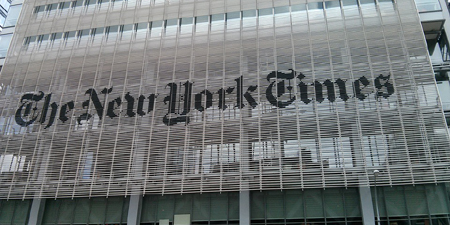
An International New York Times opinion piece criticizing the powerful Pakistani Army was censored by its local publisher Friday, replaced by a blank space.
The online version of the piece by Mohammed Hanif, a high-profile satirist, and novelist whose critiques of Pakistani society regularly appear in the New York Times, was trending on Pakistani social media by Friday afternoon.
In the article, entitled "Pakistan's Triangle of Hate", he savaged the military for parading a former Pakistani Taliban spokesman before television cameras to claim that the militants are bankrolled by Islamabad's arch-nemesis India.
"With his appearance, the Pakistani Army seemed to be sending this message: You can kill thousands of Pakistanis, but if you later testify that you hate India as much as we do, everything will be forgiven," Hanif wrote.
"Do we really need to enlist our children's killers in our campaign against India?"
A note on the blank page clarified the decision to censor the article was taken in Pakistan, and the newspaper "had no role in its removal".
"While we understand that our publishing partners are sometimes faced with local pressures, we regret and condemn any censorship of our journalism," a spokeswoman for the New York Times told AFP on Friday.
The former Taliban spokesman, Ehsanullah Ehsan, is the man who claimed responsibility on behalf of the Taliban for shooting schoolgirl Malala Yousafzai in the head in Swat Valley in 2012.
He also spoke for the group in claiming responsibility for Pakistan's deadliest ever extremist attack, in which gunmen stormed a school in northwestern Peshawar and killed more than 150 people, most of them children.
Last month the army announced that Ehsan had given himself up to the military, but gave no details on the circumstances or timing of his surrender.
It later released a video of Ehsan stating the militants were given financial and logistical assistance by the intelligence agencies of India and Afghanistan - a claim often made by the army.
Hanif's words echoed the feelings of many in Pakistan repulsed by the publicity surrounding Ehsan - though others have rejoiced at the accusations against India.
Friday's censorship was the second day in a row that the Express Tribune had blanked out a piece in the Times.
On Thursday, it removed a piece on an anti-gay crackdown in Chechnya entitled "Chechnya's anti-gay pogrom".
In 2016, it censored a Times image of a man in China giving his boyfriend a kiss on the cheek. Later that year it blocked an article in the paper entitled "Sex Talk for Muslim Women". - AFP
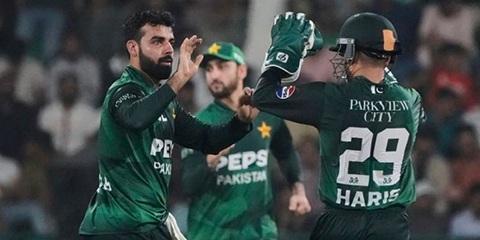
June 11, 2025: Pakistan celebrated a narrow win over Bangladesh, but beneath the jubilation lies a deeper crisis—from sidelined veterans to a collapsing domestic structure—signaling an urgent need for cricket reform.
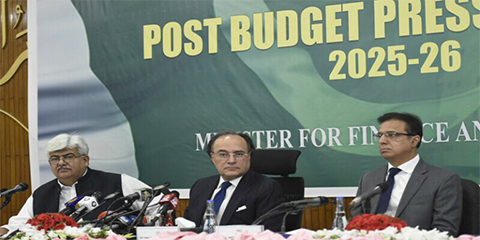
June 11, 2025: Journalists walked out of the post-budget press conference in Islamabad to protest the absence of a technical briefing and the government's dismissive behavior, calling it unacceptable and intolerable.
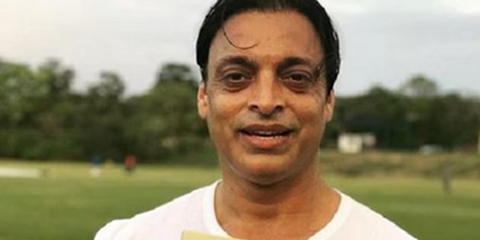
May 31, 2025: Dr. Nauman Niaz has issued a defamation notice to Shoaib Akhtar over derogatory remarks made during a recent broadcast, reigniting a longstanding media feud between the two prominent figures in Pakistan.

May 30, 2025: The Human Rights Commission of Pakistan has demanded the full repeal of PECA, citing its vague language, coercive powers, and threats to free speech and digital rights in Pakistan.
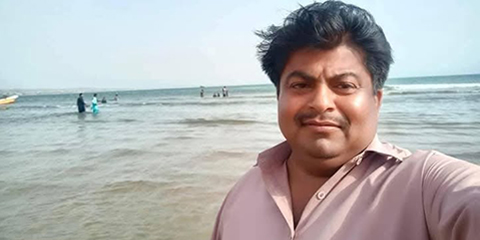
May 30, 2025: The Pakistan Federal Union of Journalists (PFUJ) has condemned the murder of journalist Syed Mohammed Shah in Jacobabad, calling for urgent justice and improved safety for media professionals in Sindh.

May 26, 2025: In Rawalpindi, police allegedly side with Jang Group to block 66 reinstated employees from resuming work despite court orders, drawing sharp criticism from unions and press freedom advocates.

May 25, 2025: PFUJ condemns the Jang Group's decision to dismiss over 80 employees in Rawalpindi, calling it an 'economic massacre.' The union warns of nationwide protests if workers are not reinstated.
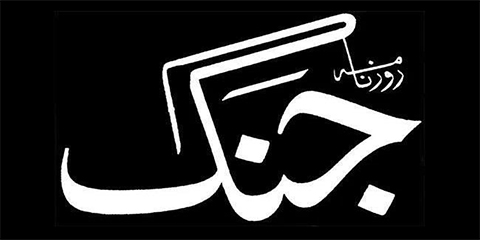
May 25, 2025: Daily Jang Rawalpindi has terminated over 80 employees, including female staff, despite multiple court rulings in their favor—raising concerns over labor rights violations and misuse of authority in Pakistani media.
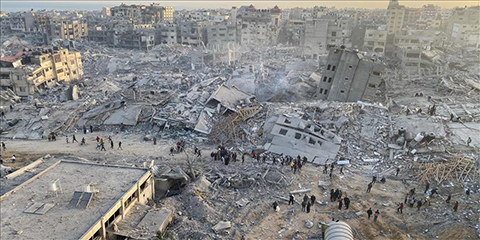
May 19, 2025 PJS reports 219 Palestinian journalists killed in Israeli attacks since October 7, with 30 women among the victims. Over 430 were injured and 685 family members were killed. Read more on the systematic targeting of media in Gaza.

May 15, 2025 Discover the legacy of Samiullah Khan, Pakistan’s legendary "Flying Horse," whose breathtaking speed and artistry redefined hockey. From Olympic glory to World Cup triumphs, his story is one of myth, movement, and magic.
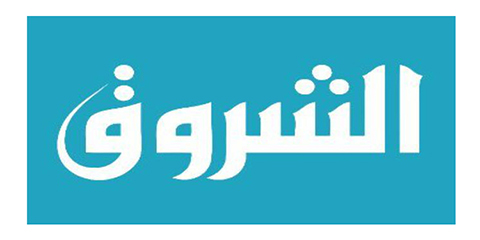
May 04, 2025 Algerian authorities suspend Echorouk News TV for 10 days after it used a racist slur against African migrants. ANIRA demands an apology, calling it a violation of human dignity.

May 04, 2025 NCHR and MMfD launch a journalism fellowship to train reporters on digital rights & gender inclusion in Pakistan. Supported by UNESCO, this initiative aims to bridge the gender digital divide. Apply by May 15, 2025!
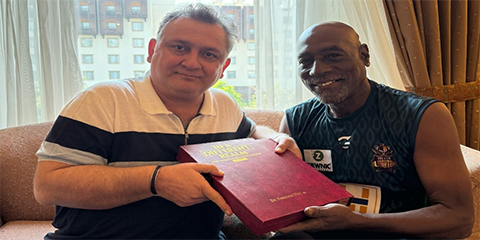
April 23, 2025 Discover Dr. Nauman Niaz’s In A Different Realm: Story of Quadruple & Triple Centuries 1876–2025, a profound exploration of cricket's most monumental innings, blending historical analysis with poetic narrative.